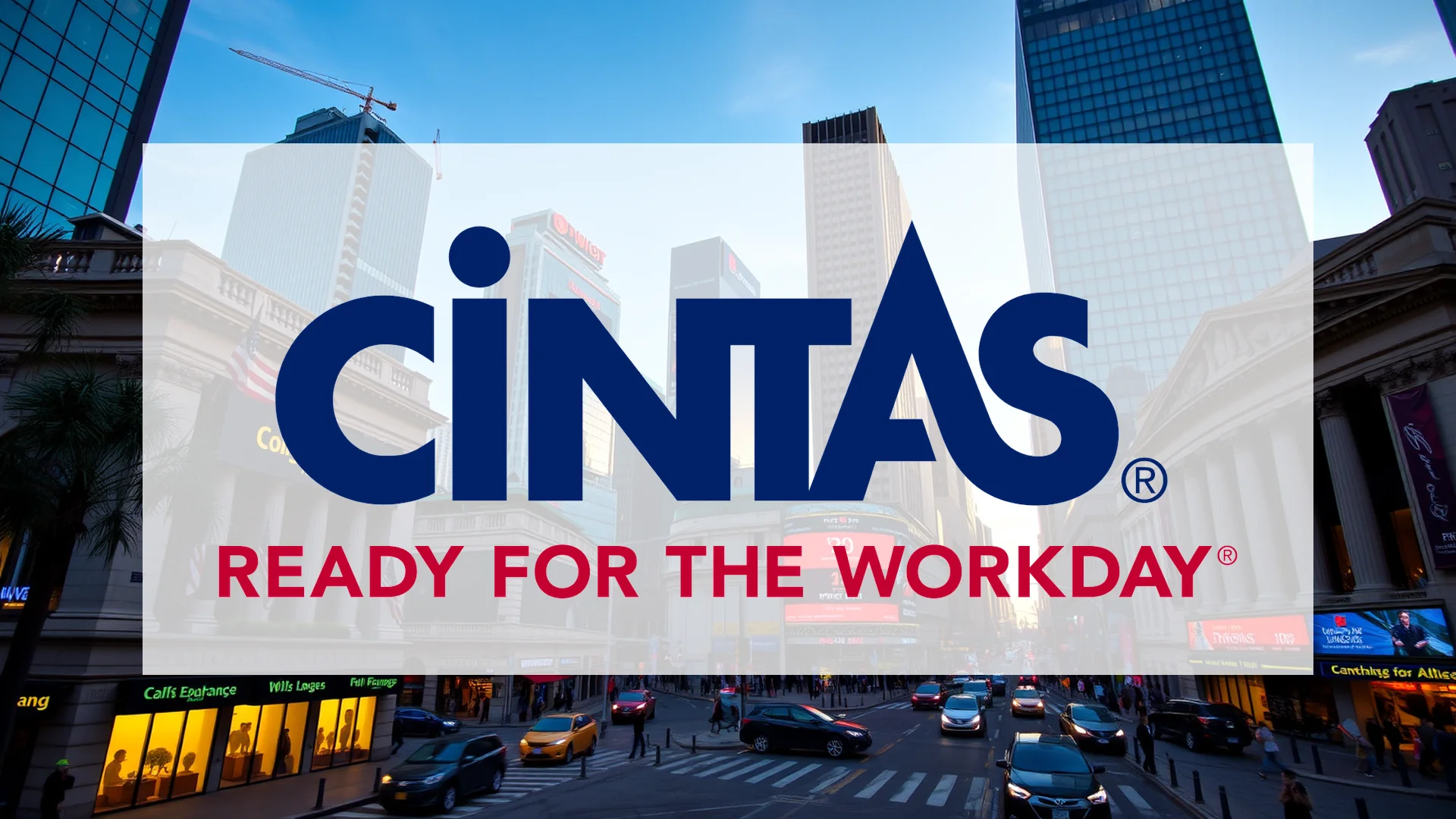While consumers focus on bargain hunting during the holiday season, sophisticated money managers are making substantial moves in Walmart shares. A notable trend is emerging: institutional investors are significantly increasing their stakes in the retail behemoth, even as its valuation premium raises eyebrows among market observers. This divergence between professional and retail investor behavior prompts a closer examination of what the smart money might be anticipating.
Strategic Shifts Driving Institutional Confidence
Recent regulatory filings reveal a clear pattern of institutional accumulation. Prospera Financial Services boosted its Walmart holdings by 32.9% during the second quarter, with AE Wealth Management and Acadian Asset Management following suit. The latter now maintains a position valued at over $153 million. These substantial investments signal strong conviction in Walmart’s long-term trajectory, particularly noteworthy given ongoing valuation concerns.
Behind these investment decisions lies a fundamental transformation of Walmart’s business model. The company is rapidly evolving from a traditional retailer into a diversified technology and services enterprise. Key performance metrics underscore this shift: global advertising revenues have surged between 31% and 46%, membership income has grown by 15%, and e-commerce sales have advanced by 25%. Simultaneously, the corporation is channeling billions into automation infrastructure, with automated centers already processing 55% of U.S. online orders.
Valuation Concerns and Operational Challenges
Despite these positive developments, Walmart trades at a significant premium to industry peers. With a price-to-earnings ratio of 38.57 compared to the sector average of 19.5, questions naturally arise about whether the stock price has gotten ahead of itself. However, some analytical models suggest a fair value estimate of $113.60 per share, indicating potential undervaluation of approximately 10.6%.
Should investors sell immediately? Or is it worth buying Walmart?
The investment case isn’t without its complications. Retail theft, categorized as “shrinkage” in financial reporting, consumes 1.6% of total revenue—nearly equivalent to the company’s entire free cash flow. This operational challenge represents a critical issue management must address to protect profitability.
Market participants appear divided on how to interpret these mixed signals. While institutional buyers continue accumulating shares, corporate insiders have demonstrated more caution. Executive Vice President John D. Rainey disposed of stock worth $222,596 in early November, highlighting the nuanced perspectives within the investment community.
Currently trading about 12% below its yearly peak, Walmart shares present what institutional investors apparently view as an attractive entry point. The central question remains whether these professional money managers are betting on continued fundamental improvement or simply the enduring resilience of the retail giant during economically uncertain periods.
Ad
Walmart Stock: Buy or Sell?! New Walmart Analysis from December 24 delivers the answer:
The latest Walmart figures speak for themselves: Urgent action needed for Walmart investors. Is it worth buying or should you sell? Find out what to do now in the current free analysis from December 24.
Walmart: Buy or sell? Read more here...










